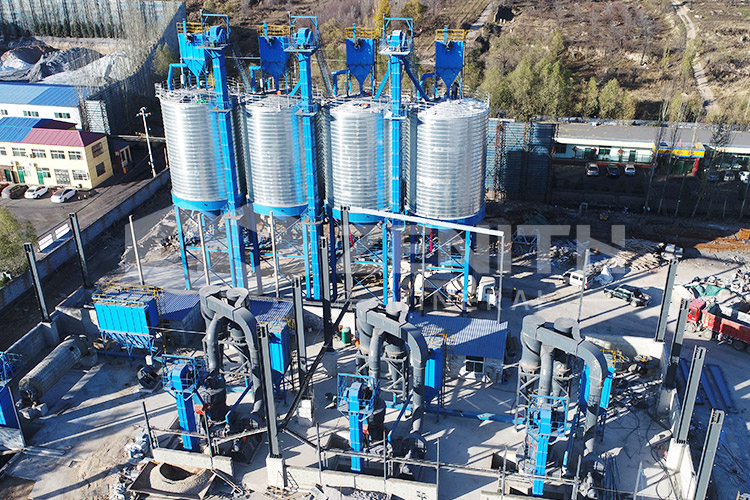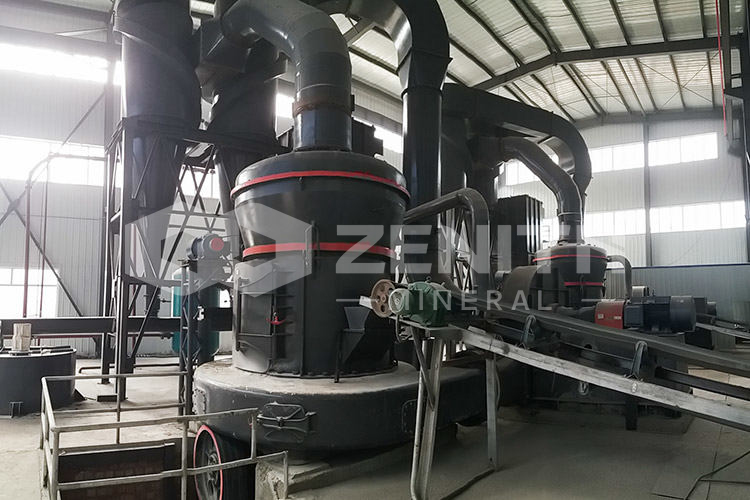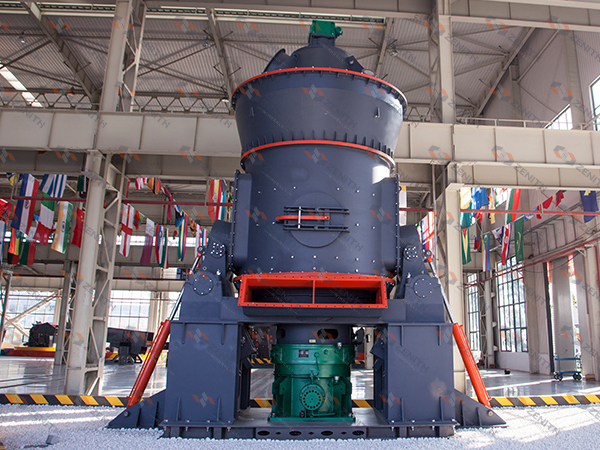How much does a vertical calcite grinding mill cost in kenya?
2025-11-07 06:42:30
As a project manager or business owner in Kenya's growing industrial sector, you're likely facing the critical question of equipment investment for mineral processing. When it comes to grinding calcite – a vital mineral used in everything from paints and plastics to construction materials – the vertical grinding mill stands out as a premier solution. But what exactly determines its price tag in the Kenyan market?
The cost of a vertical calcite grinding mill in Kenya isn't a single figure you'll find on a price list. Instead, it represents a spectrum influenced by multiple factors including capacity requirements, desired fineness, automation level, and ancillary equipment needs. At Zenith Machinery, we've supplied numerous grinding solutions across East Africa, and we understand that Kenyan businesses require equipment that delivers both performance and value.
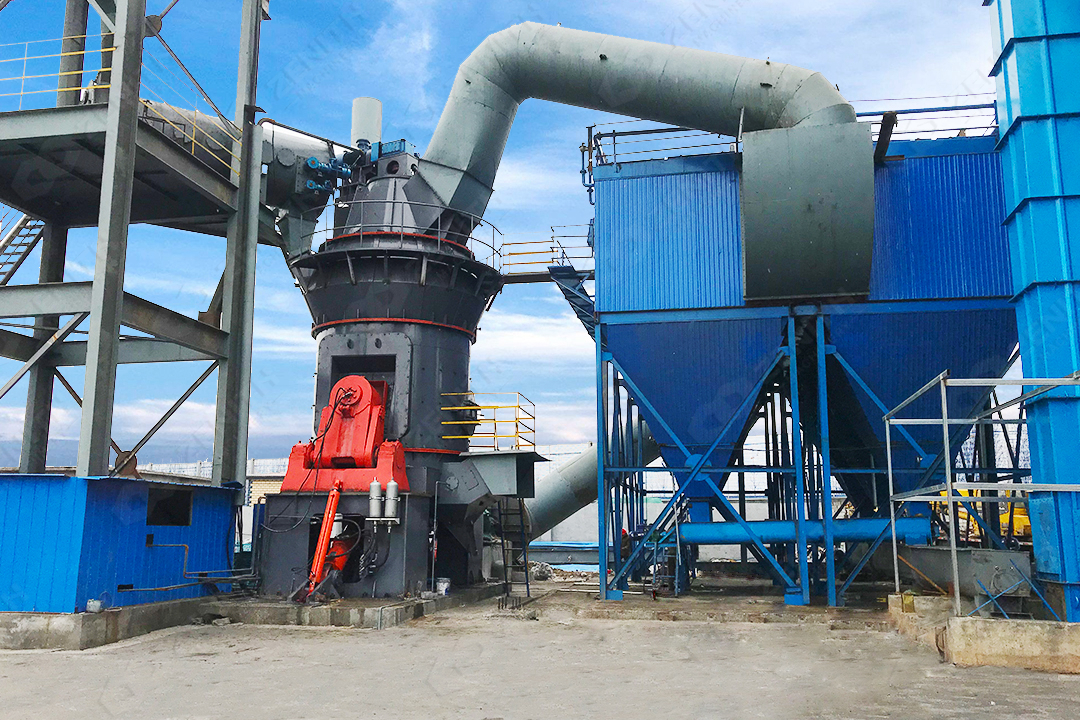
Understanding Your Calcite Grinding Requirements
Before discussing specific numbers, let's establish what you're actually purchasing. Our LM Vertical Grinding Mill represents the gold standard for calcite processing, offering capacities ranging from 3-340 tons per hour with output fineness between 80-400 mesh. The versatility of this equipment means it can handle various calcite applications, from coarse aggregates to fine powders used in industrial applications.
Kenyan calcite deposits vary significantly in hardness and composition, which directly impacts mill selection and pricing. The Western region's deposits differ from those in the Coastal region, requiring slightly different approaches to grinding optimization. This is where Zenith's technical expertise becomes invaluable – we don't just sell equipment; we provide processing solutions tailored to your specific mineral characteristics.
Key Factors Influencing Vertical Mill Pricing
Several critical elements determine the final investment required for your vertical calcite grinding operation:
Capacity Requirements: The throughput capacity you need represents the most significant cost driver. Our LM series offers models from modest 3 T/H units suitable for specialized applications to massive 340 T/H systems for large-scale mining operations. For most Kenyan calcite processors, systems in the 10-50 T/H range typically offer the best balance of capability and investment.
Automation Level: The LM Vertical Grinding Mill comes with sophisticated automation systems that significantly reduce labor costs while ensuring consistent product quality. While this represents a higher initial investment, the long-term operational savings typically justify the upfront cost through reduced manpower requirements and minimized human error.
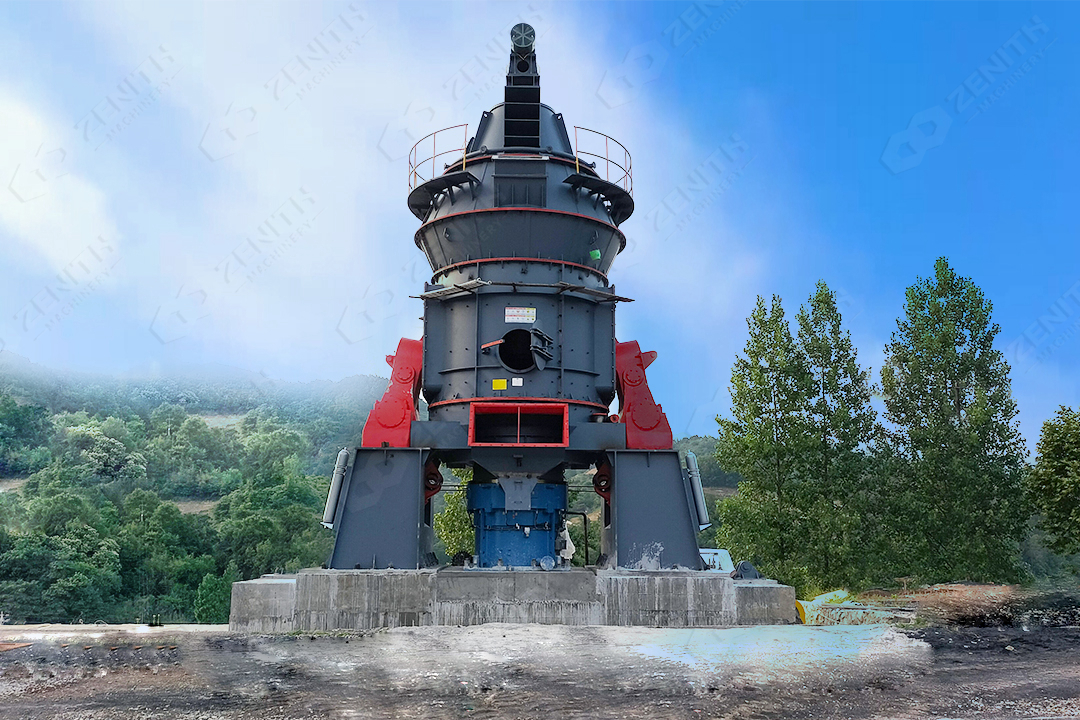
Ancillary Equipment: A complete grinding system extends beyond the mill itself. Feeders, classifiers, dust collectors, and electrical control systems all contribute to the total package cost. For operations in Kenya's diverse climatic conditions, we often recommend specific ancillary equipment to ensure reliable performance despite power fluctuations or environmental challenges.
Customization Requirements: Standard models provide excellent value, but sometimes specific modifications are necessary for optimal calcite processing. These might include special wear-resistant materials for abrasive deposits, corrosion protection for coastal operations, or specific safety features for your workforce.
The Zenith Advantage in Kenya's Market
With over 30 years of global experience and a presence in more than 180 countries, Zenith brings unparalleled expertise to Kenya's mineral processing sector. Our vertical grinding mills incorporate German engineering and Taiwanese roller technology, creating equipment specifically designed for challenging applications like calcite grinding.
What truly sets our solutions apart are the operational economics. The LM Vertical Grinding Mill operates with approximately 50% lower energy consumption compared to traditional ball mills – a significant advantage given Kenya's electricity costs. The integrated design reduces footprint requirements by about 50%, minimizing your infrastructure investment. Combined with remote monitoring capabilities and negative pressure operation that contains dust, these features deliver a superior return on investment over the equipment's lifespan.

Beyond the Purchase Price: Total Cost of Ownership
When evaluating vertical mill costs, savvy Kenyan business leaders look beyond the initial purchase price to consider the total cost of ownership. Our LM series mills demonstrate their value through:
Energy Efficiency: With power consumption up to 60% lower than ball mills of similar capacity, the operational savings quickly offset the initial investment, particularly important given Kenya's industrial electricity rates.
Minimal Maintenance Requirements: The robust design and high-quality components significantly reduce downtime and maintenance costs. With vulnerable parts made from premium abrasion-resistant materials and hydraulic adjustment systems that simplify servicing, your operational continuity is assured.
Environmental Compliance: Operating under negative pressure with integrated pulse dust collectors, our vertical mills meet Kenya's evolving environmental standards without additional investment in pollution control equipment.

Making the Right Investment Decision
Selecting the appropriate vertical calcite grinding mill requires careful analysis of your specific business needs. Consider not just your current requirements but your growth projections over the next 5-10 years. The modular nature of our LM series allows for scalability as your operations expand.
We recommend engaging with our technical team for a comprehensive assessment of your calcite processing needs. Through material testing and operational analysis, we can specify the ideal mill configuration and provide a detailed quotation that reflects your specific circumstances.
While we understand the desire for immediate pricing information, the true value of a vertical grinding mill emerges through years of reliable, efficient operation. For Kenyan businesses processing calcite, the right equipment decision today will drive profitability and competitiveness for decades to come.
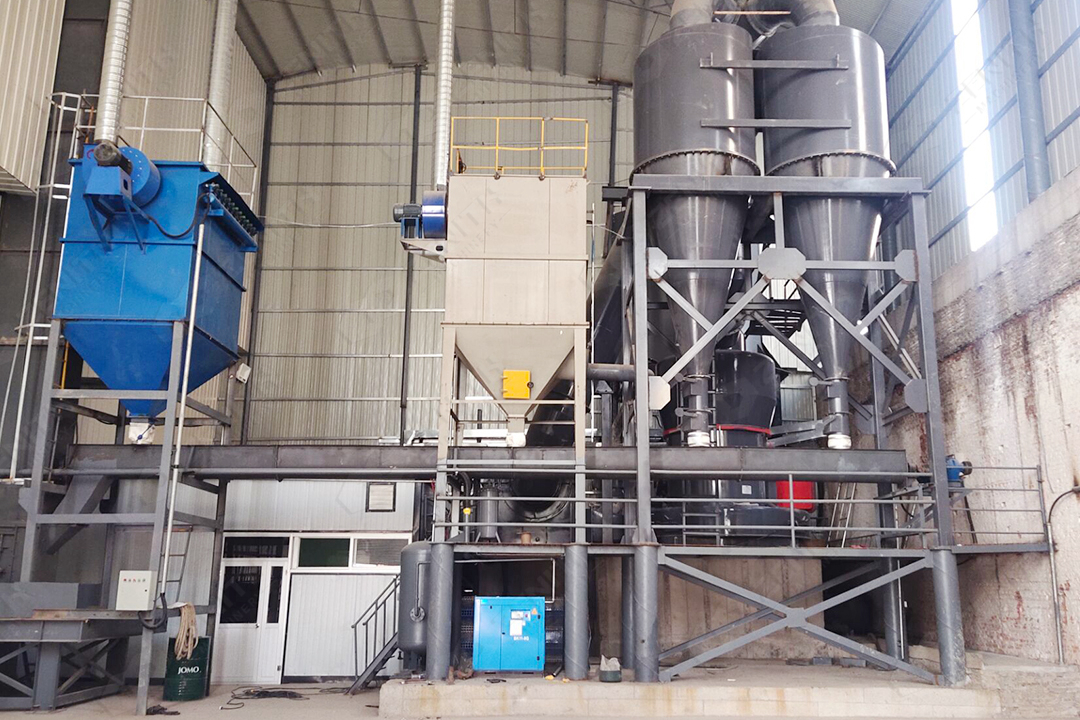
Frequently Asked Questions
What is the typical delivery time for a vertical grinding mill to Kenya?
Delivery timelines vary based on model specification and customization requirements. Standard models typically ship within 4-6 weeks after order confirmation, while fully customized systems may require 8-12 weeks. We coordinate all logistics including customs clearance for Kenyan imports.
Can Zenith provide installation and commissioning support in Kenya?
Yes, we offer comprehensive installation supervision and commissioning services conducted by our experienced engineers. We can deploy technical teams to your site in Kenya to ensure proper setup and operational training for your staff.
What after-sales support is available for Zenith mills in Kenya?
We maintain a dedicated service network across Africa with technical support available remotely or through dispatched engineers. We also stock critical spare parts in regional warehouses to minimize potential downtime for our Kenyan clients.
How does the vertical mill handle Kenya's occasional power fluctuations?
Our mills are designed with robust electrical systems that can tolerate moderate voltage variations. For areas with significant power instability, we recommend optional voltage stabilization systems and can engineer specific solutions for challenging operating conditions.
What calcite output fineness can be achieved with your vertical mills?
Our LM Vertical Grinding Mills can produce calcite powder ranging from 80-400 mesh, while our LUM Ultrafine Vertical Mills can achieve 325-2500 mesh for specialized applications requiring extreme fineness.
Are there financing options available for Kenyan businesses?
We work with several international financial institutions that offer equipment financing solutions for qualified Kenyan companies. Our representatives can guide you through available options during the quotation process.
How does the operating cost compare between vertical mills and traditional ball mills?
Vertical mills typically demonstrate 40-60% lower energy consumption, reduced maintenance costs, and lower labor requirements compared to traditional ball mills of equivalent capacity, resulting in significantly lower operating expenses over time.



